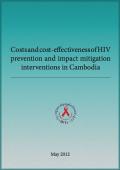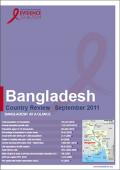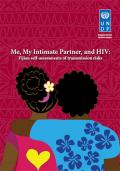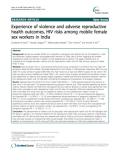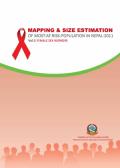Publications on Female Sex Workers (FSW)
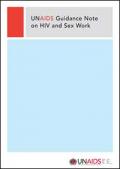
Resource | Publications,
This Guidance Note has been developed to provide the UNAIDS Cosponsors and Secretariat with a coordinated human-rights-based approach to promoting universal access2 to HIV prevention, treatment, care and support in the context of adult sex work. In a world where the overwhelming majority of HIV infections are sexually transmitted, sex workers and their clients are at heightened risk of HIV, in large measure as a result of a larger number of sex partners. Vulnerability to HIV as a result of sex work extends to women, men, and transgender people.
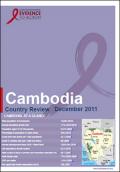
Resource | Reviews and Snapshots,
HIV was first detected in 1991 during serological screening of donated blood. Cambodia appears to be experiencing relative success in the fight against HIV. After peaking at approximately 3.3% in 1997-98, HIV prevalence among the adult population aged 15-49 years declined to 1.2% [0.85 - 1.6%] in 2001 and more recently estimated to be 0.5% [0.4-0.8%] in 2009.






